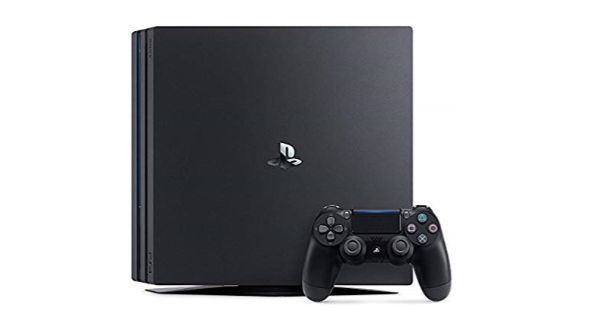The success of Sony and PlayStation has reached very impressive heights as the PS4 hit one hundred million units shipped, but a change in US policy may bring it back to a crawl. The looming possibility of US tariffs on goods imported from China is beginning to creep into another $300 billion worth of products could spell some drastic measures being taken to see that the company’s business remains profitable.
The worst of these may come with the possibility of a raise in the PlayStation console’s price, as reported by the Wall Street Journal. Sony Interactive Entertainment, the arm that handles everything involving the PlayStation, will most likely raise prices in order to keep up if the tariff ever expands to the products relating to the console, most of which are manufactured or assembled in China. In the piece, Sony finance chief Hiroki Totoki reportedly said that the company hasn’t yet decided how it will keep up with the demands of additional tariffs, but of course the company hasn’t ruled out offsetting the costs to its consumer base via increased prices.
With the PlayStation 4 nearing the end of its lifespan, it makes sense that these increased prices may pass on to the next generation – should those additional tariffs pass. There have already been speculations made stating that with the expectations Sony is planning for the PlayStation 5, the hardware may ultimately come with a steeper price point. I can somehow see them selling it at a price relatively higher than what the PlayStation 4 launched at, but with these tariffs they may reach another level that could bring questions as to if it’s really worth purchasing one at that point in time.
Ultimately, the situation is kind of in limbo for the meantime as US President Donald Trump decided not to expand tariff on goods from China due to President Xi Jinping’s agreement to resume trade talks. In any case, the whole takeaway from this is that the next generation of consoles is sure to be pricier – by just how much, and how it will affect sales, are ultimately what we’re left asking.














![[EG April 19] Best 'Stardew Valley' Mods That Will Change](https://d.player.one/en/full/226012/eg-april-19-best-stardew-valley-mods-that-will-change.png?w=380&h=275&f=955520b8313253ee3c39c791f6210f38)


